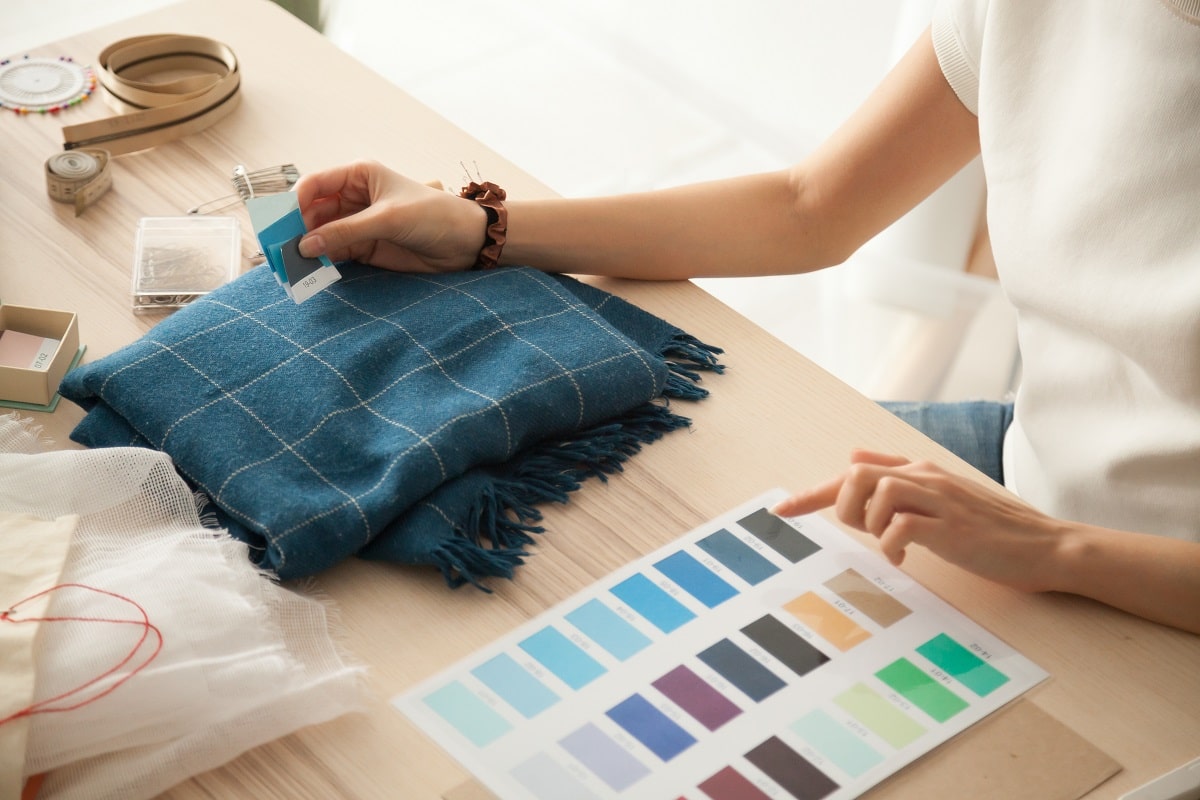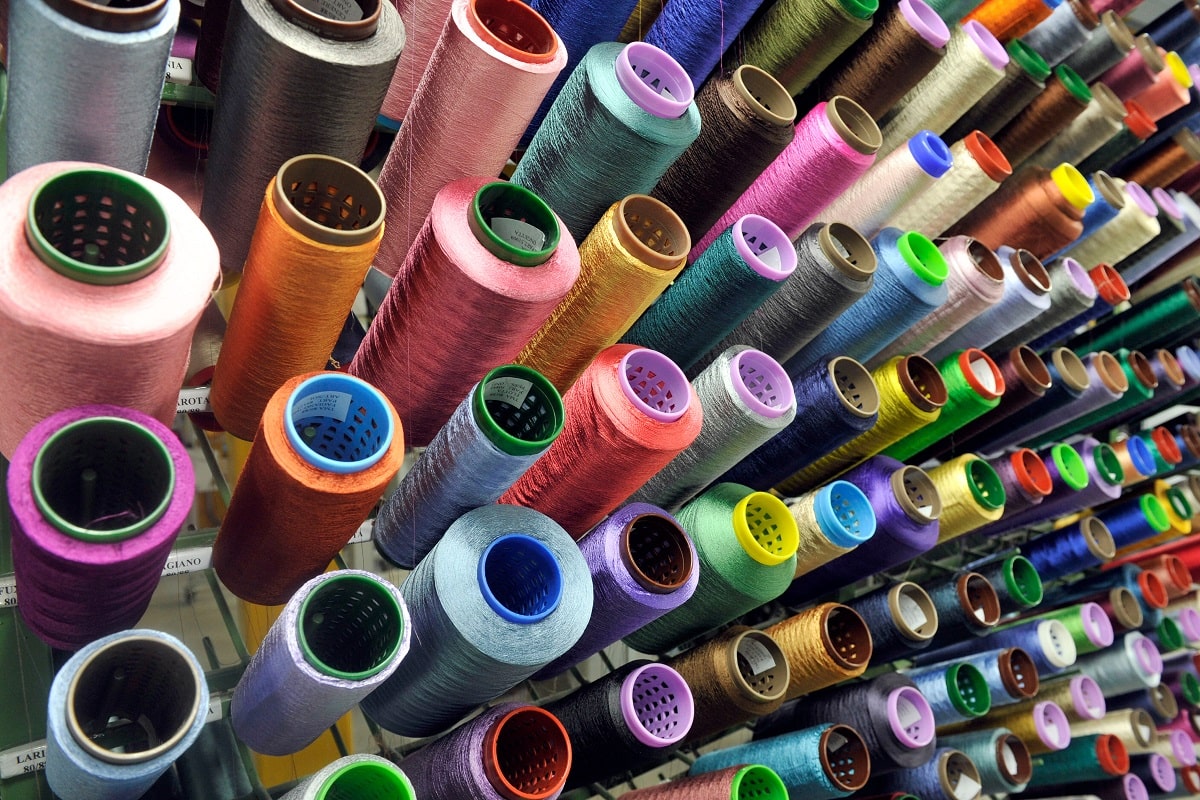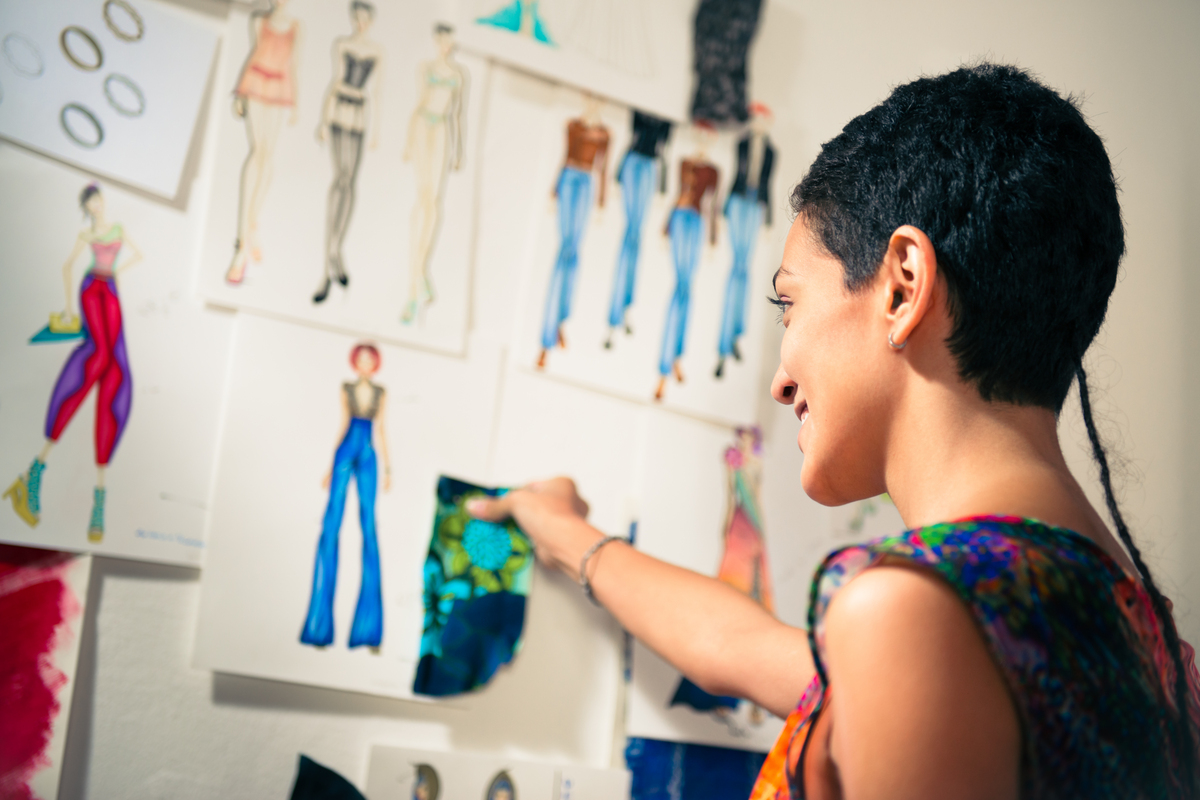A new category of footwear is changing the footwear business and the approach to footwear design. There are traditional categories of men’s and women’s shoes. Now unisex gender footwear is popular. This requires product developers to have a new footwear education before designing a new shoe.
Unisex footwear design is challenging but it’s being done with increasing success. The key challenge is designing the lasts of the shoe. There are anatomical differences between men’s and ladies’ feet. Men’s and ladies’ shoe designs try to respect these differences. Product developers are now trying to build footwear that can be marketed to both men and women.
Unisex footwear tries to be comfortable for both men and women. Product designers are trying to accomplish this task by adding a little extra padding or enabling the wearer to make minor adjustments to the shoe for personal comfort. This may include laces or closures that can be adjusted to help the shoe feel more natural on the foot.
I started in men’s footwear thinking I would eventually move into women’s footwear. Women’s footwear seemed like a crossword puzzle. There were so many variables. You could have a high heel or a low heel. Square toes or pointy toes. Men’s shoes seemed like they only had one variable. They had low or flat heels. It is a basic shoe. Men’s footwear seemed to be simpler but I discovered it is challenging. The years have taught me that you have to put a lot of creativity into making a shoe that a man would buy.
I am a female footwear product designer. I don’t have the perspective of a male to understand what a guy would wear. I have to really think about it. I have to ask myself: what would he wear? Why would he wear it? Why would he buy it? These same questions apply when designing unisex footwear. Always keep the wearer in mind when designing a new shoe and work backward from there.








